BAD BABY BATH?
The Space Launch System throws the baby out and keeps the bath water. The curse of the shuttle was the boosters that shed death on two missions. So the lessons of winged reentry are gone and the O-rings of doom are still with us. (read: “Pork-Barrel”) Fortunately private industry has kept the dream alive; wings still go to space.
Boeing delivers the X-37 to the Air Force for years of unfailing service. And Lockheed has proposed using knowledge gained from the SR-71 and the shuttle for Mars Operations. Using aerodynamic descent is an application of nature and good physics.
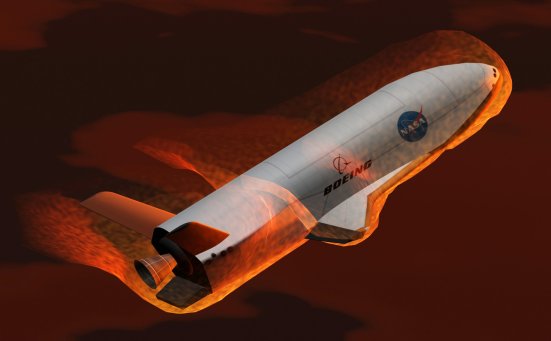
THE CHAMPION
Recent Mars mission proposals from Spacex and Lockheed Martin appear to give a nod to wings again. Well; sort of. If wings are considered parasitic mass, then rocket fuel and landing gear are too. So even Spacex vehicles appear to give a little nod to aerodynamic reentry, however reluctantly.
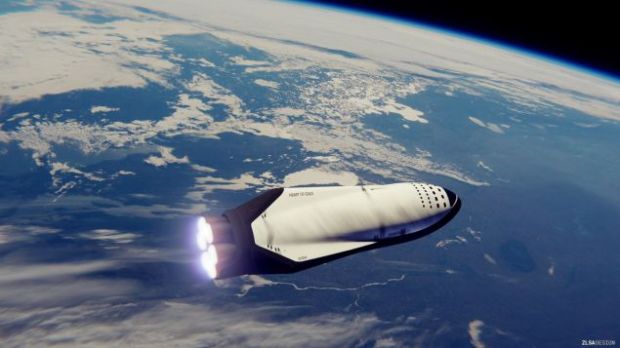
THERMAL COATING AND WINGLETS

AGAIN, WINGLETS
Lockheed Martin goes right to the point by using lessons learned from the shuttle and their high-speed SR-71 experience: “Entry into the Martian atmosphere is a separate hurdle for Chambers’ team. Lockheed Martin’s lander would utilize “aero braking,” Chambers says. He said the SR-71 Blackbird — the company’s famed supersonic spyplane — provided lessons about the atmospheric heat loads different materials can endure when it flew for hours and hours under extreme pressure. “We’re looking at how we solved problems 50 years ago with the SR-71 and learning how we can apply those now,” Chambers added.” https://www.cnbc.com/2017/09/28/lockheed-martin-unveils-fully-reusable-crewed-martian-lander.html
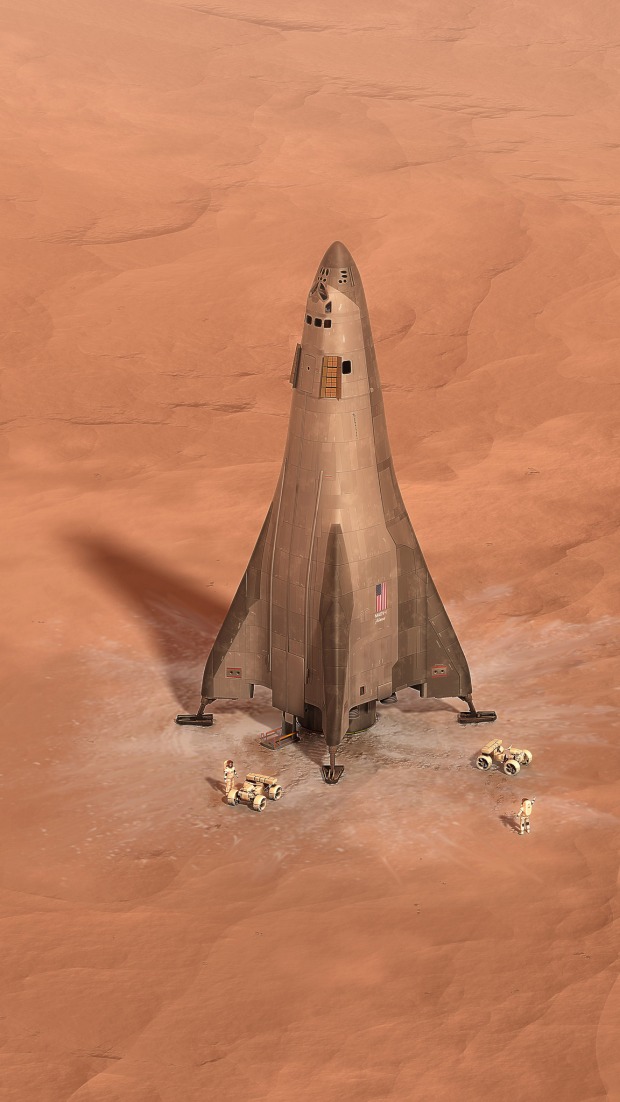
VERY AERO
But Lockheed Martin is still deeply involved in aerodynamic thermal issues as it is now engaged in hypersonic research for atmospheric flight. “Referencing ongoing development of the Darpa/U.S. Air Force Research Laboratory Tactical Boost Glide weapon and Hypersonic Air-breathing Weapon Concept research program, the latter in competition with Raytheon, Carvalho says, “Over the last decade progress has been moving quickly, and hypersonic technology is clearly becoming apparent to everyone as a game changer. We continue to advance and test technology which will benefit hypersonic flight and are working on multiple programs, including two Darpa efforts. Speed matters, especially when it comes to national security.” http://aviationweek.com/technology/amid-sr-72-rumors-skunk-works-ramps-hypersonics
For either mission I would hope they learn from Werner Von Braun and Christopher Columbus: Take enough ships to rescue all the crew members of all the ships that may be damaged on the journey. To date we have less than 50% success with unmanned missions to Mars. Losing a large crew would probably kill the mission for decades at least.
Spacex also announced interest in point to point earth transportation for passengers. But again, they are illustrating a vertical landing which has not been 100% reliable for even a booster. Upper stages will be more challenging, and may require a more aerodynamic lift type approach. We have a few more years to gain experience in this area. When a rocket is being slowed down to prevent burning up, it may still have a problem before it reaches its designated landing area. That could result in an un-scheduled un-controlled crash. That could make a lasting impression…on someone!
Winged vehicles may have control loss too, but the 100% success rate of the X-37 is encouraging. Aside from booster related incidents the shuttle too left a good safety record. Exodus Aerospace will only demonstrate basic principles with early prototypes. But we are encouraged to see big aerospace companies preserving the good lessons of the past. We have previously pointed out opportunities to combine the best of both worlds.
Aircraft enjoy aerodynamic braking and an air cushion effect known as ground effect. This makes final approach a comfortable safe operation, but still needs heavy landing gear. Vertical landing also needs some kind of landing gear and assumes a risky high center of gravity on a narrow tripod. It must carry fuel for return and landing which is also a mass penalty that wings eliminate. If a winged lander uses thrusters at the last-minute like the Harrier jet, it can have very light landing gear. The Soyuz capsule does this to slow the parachute for a soft landing.
Now we may witness a system with no massive fuel load for return and reentry, and a safe stable approach to the runway. Vertical landing is useful if applied at the right time and place. But there is no reason to use rocket fuel to handle the bulk of reentry deceleration prior to that point. Physics favors working with nature instead of working against it.
If wings are an asset on reentry, they can also work on the ascent phase of the flight. this is especially true if both stages contribute to lift by working the wings of each in harmony. Stacking the stages would take the second stage wings out of the ascent effort, making them useless parasitic mass. By staging the craft in-line both craft contribute to the wing area needed for takeoff and ascent. Orbital Sciences Pegasus demonstrates value for wings on ascent, but does not re-use that to save any booster stages. Their air launch vehicle only contributes to 5 miles and 500 miles per hour. For a mission that needs 17,500 miles per hour the airplane is of little value. This formula is still limiting Virgin Orbit and Stratolaunch.
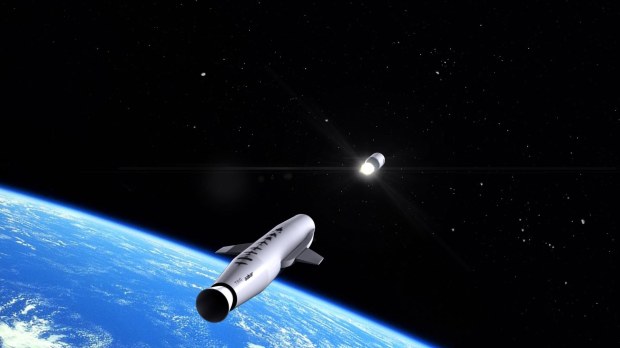
Oh look: a set of wings just disappeared!
Virgin Orbit showed wings on their launcher initially back in 2014. But these were for aerodynamic assist on the ascent leg. A lesson from the Pegasus was lost, but wings could serve in both directions. Especially with new combined cycle engines.

HERE WE SEE GROUND EFFECT AUGMENTED BY THRUSTERS:
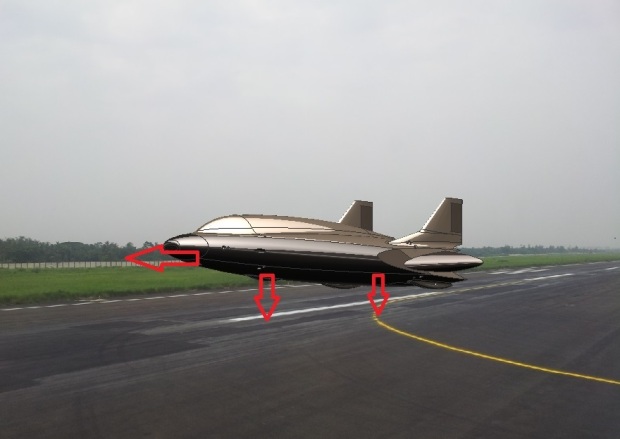
WINGS ON THE DOWNSIDE

AND ON THE UPSIDE
Dare we mention the value of in-line staging for hypersonic or atmospheric flight? piggy back designs are aerodynamic disasters. But a booster covers the biggest part of the fuel burn, and the second stage can be optimized for efficient cruise. Cargo and passengers may travel above airspace in a suborbital hop to avoid air traffic. Unmanned missions would face fewer FAA issues. Passengers could enjoy their fast travel without the adventure (risk) of Flash Gordon landings. They could land on a runway near the terminal, not needing a safe distance from occupied buildings. Cruise missiles would have speed and range without risking air crews or ships.

Exodus Aerospace will have a very small beginning. A tiny prototype can only demonstrate the most basic ideas. But there is hope in the evidence we see in the industry. New space is inspiring innovation, but old space is not missing it either. We notice that Lockheed answers Spacex and also supports new space ventures. They invested in Xcor and Rocket Lab efforts. Northrop has acquired Scaled Composites and Orbital Sciences ATK. What little we can actually build will be noticed because aerospace leaders are staying informed.
There is a huge rush to deliver cube satellite launchers worldwide. There is little new intellectual property to assure their success though. If everyone can deliver the same solution you do not assure investors ownership of the market. If you scale these up they compete with Spacex and the big companies worldwide. That small satellite market probably won’t support all the ventures that are launching now.
There doesn’t seem to be any history of a horizontal vehicle prototype being flown to date. Our small venture is targeting that milestone now. This will at least give investors a chance to own a unique solution with potential for safety and economy of operation. Unmanned prototypes have market potential for cargo and military missions. Larger ones may deliver cube satellites while developing bigger markets for heavy launch. The patents we have now are just the beginning, as we have many problems to solve in new ways ahead of us. This team is growing with new blood, and building on the experience of those who already went boldly before us.

LESS THAN 12 FT. LONG? AS OTHERS BEFORE US…
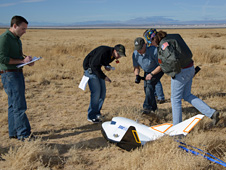

Hello again.
A new company called InterOrbital Systems (http://www.interorbital.com/) piques my interest yesterday for their use of Nitric Acid for oxidizer instead of HTP.
What do you think about the differences between the two oxidizer options?
I met Lutz Kayser a few years back. He is a pioneer and his vision remains alive here. Ours is a slightly different path and may need different methods. All propellants have issues so we have to remember their history. “The liquid-fuel booster of the Bomarc A was no optimal solution. It took two minutes to fuel before launch, which could be a long time in high-speed intercepts, and its hypergolic propellants (hydrazine and nitric acid) were very dangerous to handle, leading to several serious accidents.” From Wikipedia
Nitric acid needs specialized tanks to hold it without corroding the walls… but is it safer than HTP that can simply explode?
I have been around Frontier Astronautics and Bill Colburn’s hybrids for years, and never heard of an explosion. Many gallons are stored on site in plastic water tanks with no problems. It is sold and transported to many rocket customers routinely. I HAVE got my fingers bleached by TOUCHING the stuff though…lol!